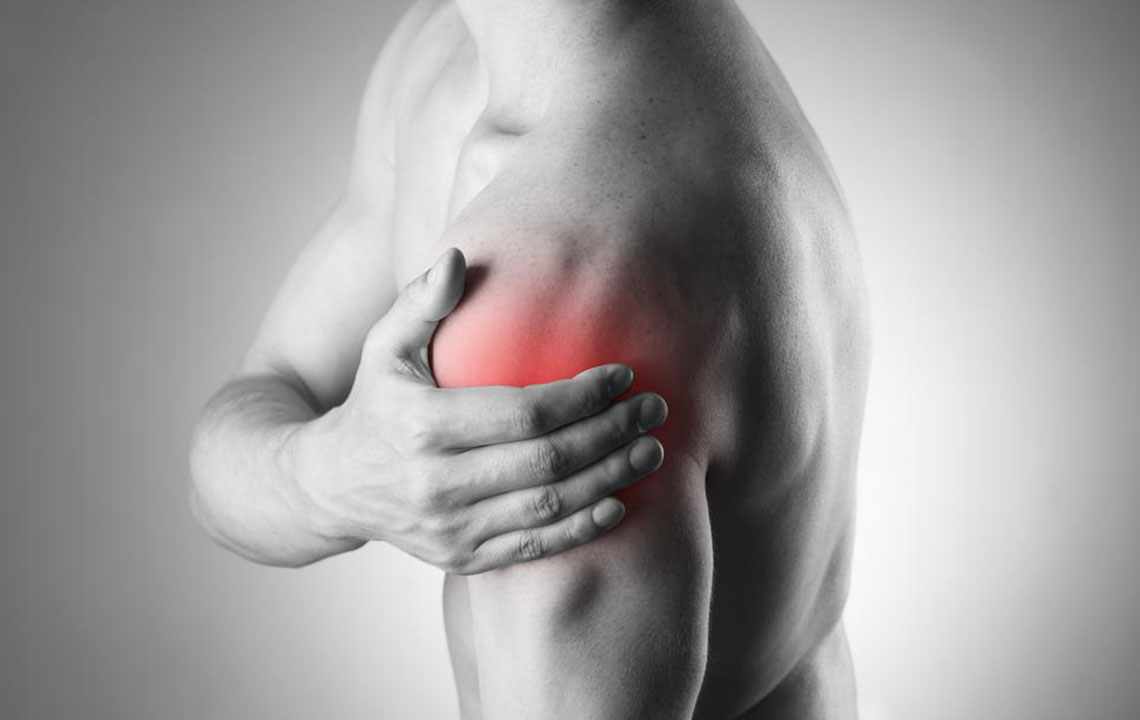Complete Guide to Alleviating Shoulder Muscle Pain
This article provides a comprehensive overview of shoulder muscle pain, including common causes like rotator cuff injuries, tendinitis, and instability. It discusses symptoms such as pain, stiffness, and limited mobility, along with treatment options like rest, therapy, and surgical intervention. Emphasizing early diagnosis and professional consultation, the guide helps individuals understand how to manage shoulder discomfort effectively for improved function and reduced pain.

Understanding and Managing Shoulder Muscle Discomfort
The shoulder joint is highly flexible and involves three main bones: the humerus, scapula, and clavicle. The rounded top of the upper arm fits into a shallow socket on the shoulder blade, stabilized by ligaments. Rotator cuff muscles allow shoulder rotation and lifting movements. Injuries to these components can lead to muscle soreness or pain in the shoulder area.
Common Causes of Shoulder Discomfort
Identifying the source of shoulder pain involves understanding which structures are affected.
Rotator Cuff Strains (Outer Shoulder)
These muscles control shoulder movement but are not engaged during heavy lifting. Tendonitis, bursitis, or tears—where tendons detach from bones—are typical injuries causing pain. Symptoms often worsen at night, and activities like reaching or throwing can trigger discomfort. Patients may experience sleep disturbances and stiffness.
Signs of rotator cuff damage include pain at night, stiffness, and limited shoulder mobility. Such issues can interfere with daily tasks and might require medical treatment.
Bicep Tendon Inflammation (Front Shoulder)
This presents as gradual pain in the front of the shoulder, radiating along the biceps. Aggravated by repetitive lifting or overhead actions, symptoms often worsen at night.
AC Joint Osteoarthritis (Top of Shoulder)
Though less common, severe arthritis here can cause bone spurs and cartilage roughening, restricting movement. You might feel grinding during overhead or chest movements, and advanced cases may need surgical repair.
Shoulder Laxity (Instability)
Overuse or injury can cause the shoulder to become loose, leading to instability. Some individuals have naturally lax ligaments, causing multidirectional instability. Symptoms include a "dead arm" feeling and the shoulder slipping or popping out.
Effects of Shoulder Discomfort
Limited ability to lift or carry items
Pain even at rest or during sleep
Difficulty in moving or raising the arm
Swelling, bruising, or muscle cramps
Neck or jaw pain
Effective Strategies to Treat Shoulder Pain
Treatment options depend on the cause, emphasizing the importance of consulting a healthcare professional for accurate diagnosis. Common treatments include:
Rest
Rest helps decrease inflammation, but excessive immobilization should be avoided to prevent conditions like frozen shoulder.
Ice and Heat Therapy
Applying ice reduces swelling and pain, while heat relaxes muscles and eases stiffness, especially before activity.
Physical Therapy
Specific exercises and therapies strengthen shoulder muscles, enhance flexibility, and restore function.
Surgical Intervention
If conservative measures are ineffective or injuries are severe, surgery may be necessary. Always consult an orthopedic specialist for guidance.
Understanding the causes and symptoms of shoulder pain enables early diagnosis and effective treatment. Seeking professional medical advice is highly recommended for proper management.


